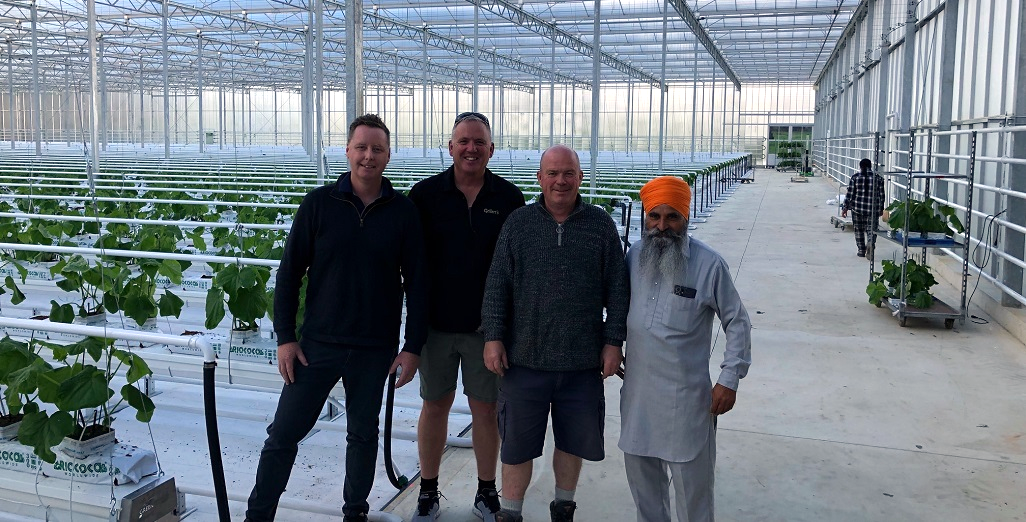Sign up here to subscribe to the Grower2grower Ezine. Every two weeks you will receive new articles, specific to the protected cropping industry, informing you of industry news and events straight to your inbox.
May 2021
The Final Word – Organic Certification

THE FINAL WORD
ORGANIC CERTIFICATION
Regenerative Agriculture and Organic Agriculture are simply not sustainable in the long term:
Mike Nichols
There is a steadily increasing world demand for organically certified horticultural products. It therefore makes very good sense for New Zealand, as a provider to the world of premium horticultural products to further increase the return by producing crops in a manner which ensures that they are organically certified. The problem is, however, that there is no one single organic certification standard world-wide. Even within New Zealand there are two slightly different organic standards, Biogrow and Demeter, although both are soil based.
In Europe (EU) it is necessary to grow the crops for organic certification in soil, which is in direct contact with the bedrock while the United States Department of Agriculture (USDA) will certify crops as organic when the crops are grown hydroponically, provided that the nutrients supplied to the crop are organically derived and no manufactured pesticides are used. Currently in New Zealand the organic standards require the crops to be grown in soil in contact to the bedrock, although there are some exceptions—for example seedling production may in special circumstances be in a growing medium. Some 20 years ago Atkins and Nichols (2004) undertook a study comparing conventional hydroponics and an organic hydroponics lettuce study, with only a small delay in maturity with the organic hydroponics crop.
Thus there is a big disparity in the requirements for the two systems which could prove troublesome for our legislators. The “new” organics products bill which is approaching it’s 2nd reading in Parliament will require some very nimble footwork to overcome this difficulty. It all comes down to a single word in the bill, the word “standards”. If New Zealand continues with the current requirement that organic certified products must be grown in soil-based systems, then USDA certified product could not be sold in New Zealand, as certified organic, unless an exception is made for USDA organic products. However, this would clearly be to the economic disadvantage of any local growers using organic hydroponics production technology unless two different organic standards are accepted in New Zealand.
Of course there are excellent reasons to avoid having two separate certification systems, but in my experience most (many) of the general public have little appreciation of what organic certification actually means. In a survey carried out some 20 years ago, the general view was that people purchased organic food because it was perceived as having received low or no pesticides and was therefore safer to eat. This aspect of food safety is now more than adequately covered by GAP, with the added advantage that GAP also considers environmental aspects of production. No agronomist or grower would disagree with the value of organic matter in the soil, so the only difference is really whether to use inorganic fertilizers to supplement the nutrients in the organic manure.
New Zealand soils are derived essentially from volcanic activity, and this means that in certain situations essential elements for plants or animals may be absent or at a low level. The pumice soils of the central North Island are a good example, being very low in selenium, which is not essential for plants, but essential for animals. In any case there is an ongoing loss of essential nutrients from the soil due to the removal of crops and animal products for export, or for local consumption. These nutrients leave New Zealand either as exports by sea or air, or as human waste, which finds its way to the ocean either directly or via the river systems. In any case there is a direct loss of N, P & K, along with the other minor and trace elements that plants and animals require to thrive. These must be replaced, and only nitrogen can be replaced locally via nitrogen fixing plants (legumes). Thus, the concept of a sustainable agriculture is simply not possible, unless the essential minerals that we export are not replaced. Thus regenerative agriculture and organic agriculture are simply not sustainable in the long term.
Horticulture is trending more and more towards protected cropping, possibly due to the risks enhanced by global warming, but also because of the increasing demand for high quality products without defects.
I can recall during the 1st international conference on organic greenhouse horticulture, held in the Netherlands in 2010, (Anon 2011) that during one of the field visits we learnt that in order to keep productivity profitable that an organic greenhouse grower with a 1 ha greenhouse operation on 10 ha of land applied all of his organic nitrogen for the 10 ha to the greenhouse because intensive greenhouse cropping requires considerably more nutrient inputs than field cropping to be profitable.
NB. EU regulations limit nitrogen applications to 170 kg/ha of N per year to reduce nitrogen leaching with the intention of reducing nitrates reaching the river systems, because of the potential health risk from nitrates in drinking water.
There is little doubt that hydroponic greenhouse systems are much more efficient in nutrient (and water) use than soil-based systems. The quantity of leaching can be controlled, or even virtually eliminated by using a recirculating hydroponic system. With our concern for diminishing water resources, and pollution of rivers by nitrogen and phosphorous an ever-increasing problem concerned environmentalists should be promoting the use of hydroponics for crop production rather than reverting to soil-based systems for intensive horticulture.
Long term I predict that organic crop production will divide into two distinct sectors, intensive greenhouse crops, which will be hydroponic, and broad acre outdoor crops which will be soil based. The one common factor will be that neither system will use synthetic agricultural chemicals and rely entirely on the biological control of pathogens.
References
Anon (2011) “Proceedings of the first international conference on organic greenhouse horticulture” Acta Hort., 115, 190 pp. Editors M Dorais & S D Bishop.
K. Atkin & M. A. Nichols (2004) “Organic Hydroponics”. Acta Hort, 648, 121-127.
Article written and supplied by Dr Mike Nichols
If you would like to get in touch with Dr Nichols send me your details to stefan@grower2grower.co.nz and I will pass them on.
I appreciate your comments. Please feel free to comment on the grower2grower Facebook page:
https://www.facebook.com/StefanGrower2grower/
CLASSIFIED
Subscribe to our E-Zine
More
From This Category
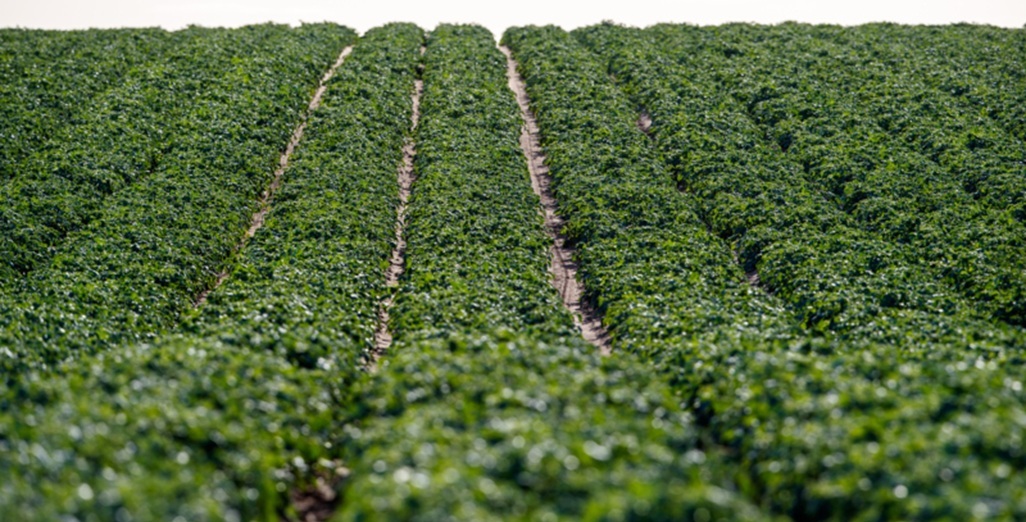
Australian Horticulture production value skyrockets to $17 billion

Bayer says Sivanto Prime has a new way of working that targets sucking pests such as aphids, nysius fly and springtails
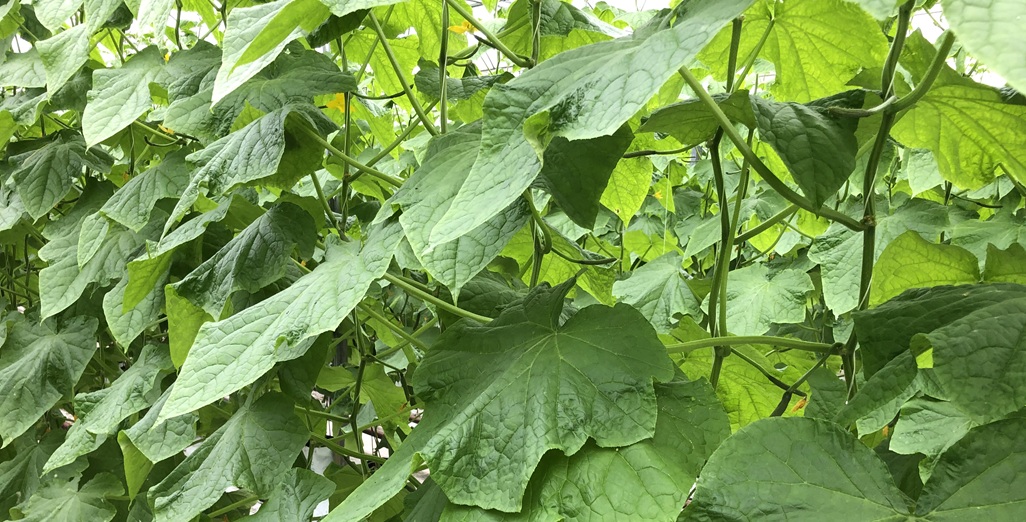
EPA boosts frontline staff to improve agrichem wait times
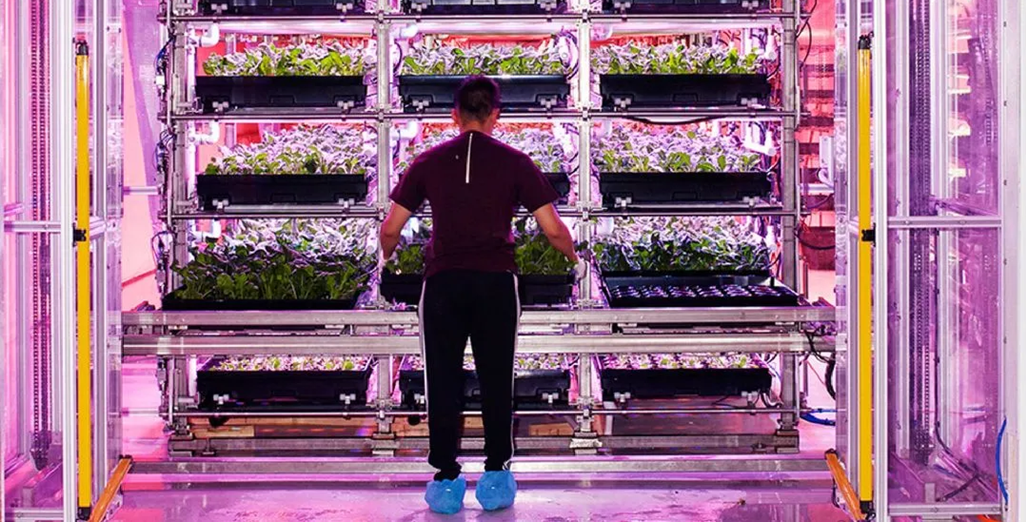
Greenleaf Fresh, which traded under the name Greengrower, has gone into voluntary administration.
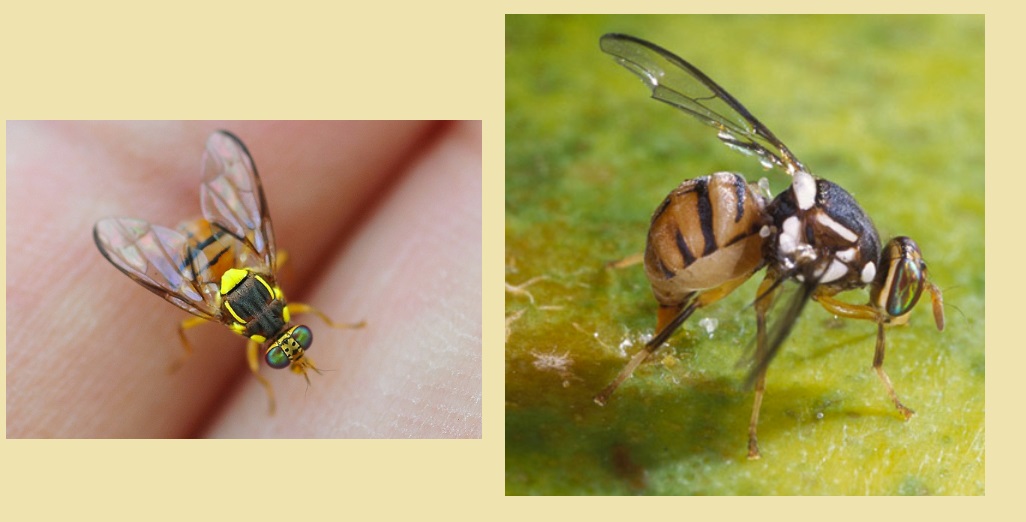
Oriental fruit fly found in Papatoetoe: response underway
